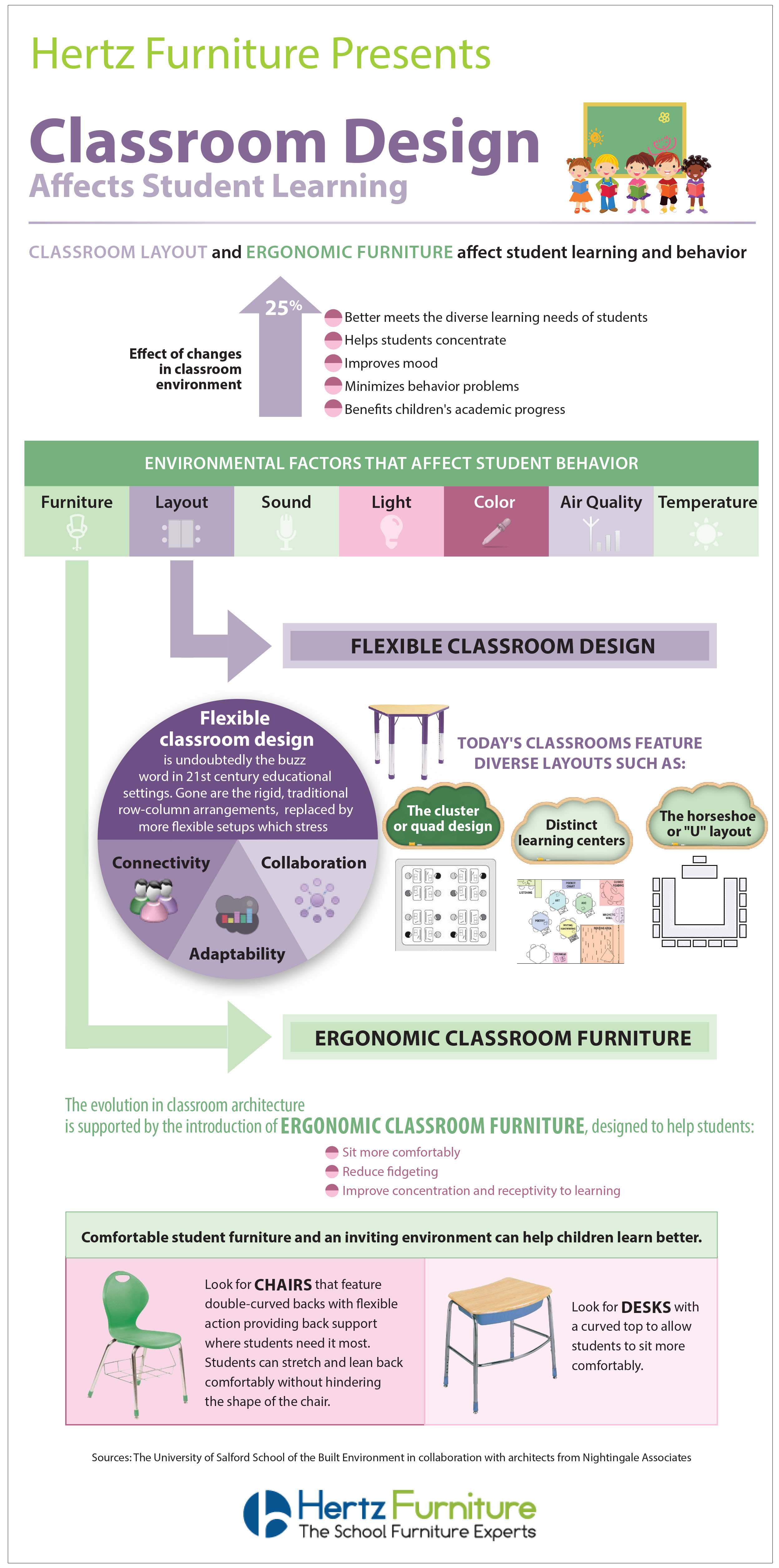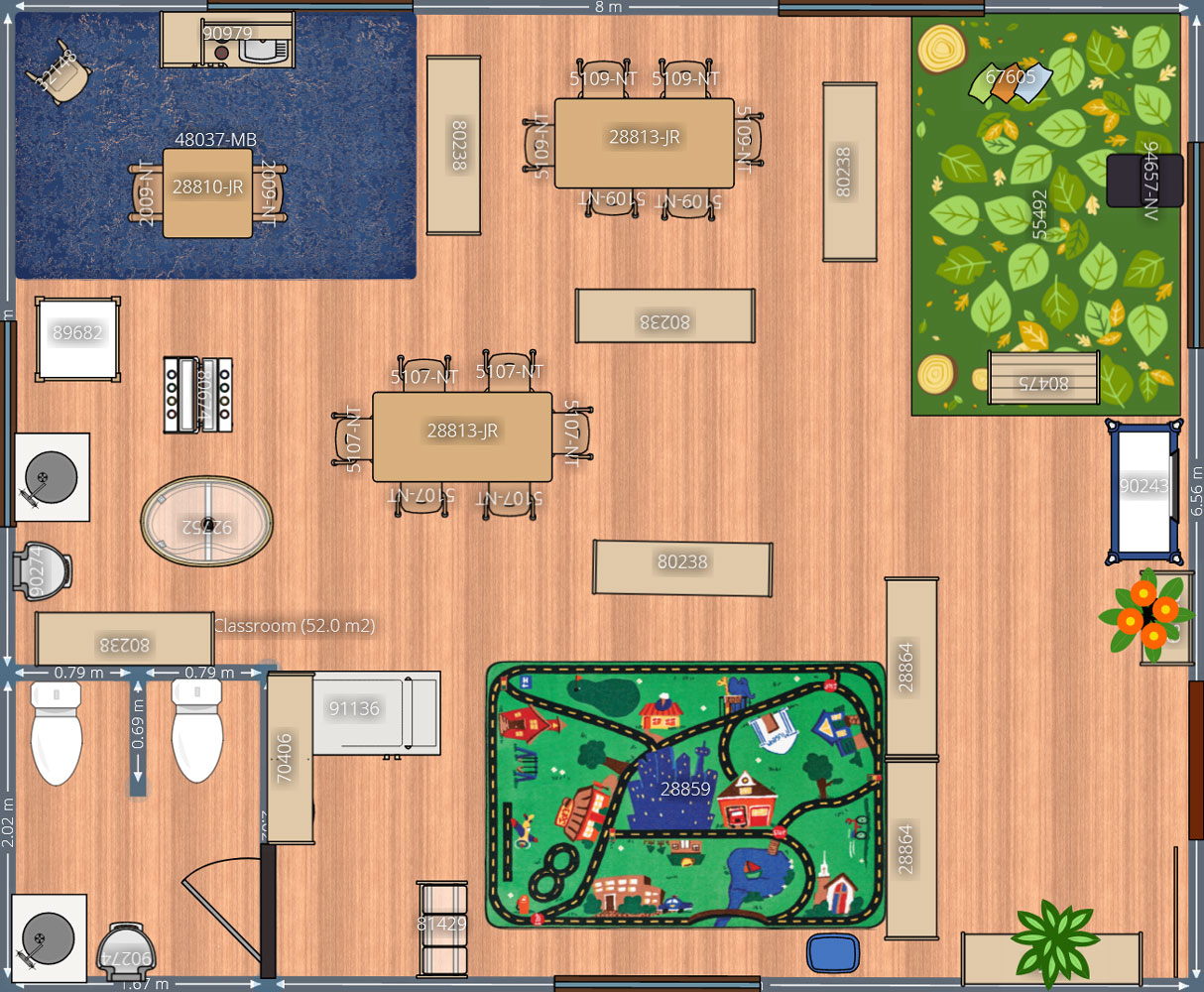Table Of Content

DHCS was authorized through 2021 legislation to establish BHCIP and award approximately $2.1 billion to construct, acquire, and expand properties and invest in mobile crisis infrastructure related to behavioral health. When you’ve narrowed down your list of JADU contractors, you should do some vetting to ensure that these companies don’t have any red flags that might concern you. Check their online reviews (especially any negative reviews) and do a thorough Google search of their company and owner’s name. Also, ask them for a list of references (previous clients) and call these people to get their opinions about working with this contractor.
Step 3: define project deliverables
Georges Hobeika confirms son Jad as joint creative director - Fashionnetwork USA
Georges Hobeika confirms son Jad as joint creative director.
Posted: Wed, 29 Jun 2022 07:00:00 GMT [source]
As per the business needs, the requirements are collected alongside developing the new information systems. These sessions require a significant time commitment from team members, especially during the planning and analysis phases. Additionally, the effectiveness of Jad sessions heavily relies on the active participation and cooperation of all stakeholders. If key individuals are not fully engaged or do not contribute effectively, the session’s outcomes may be compromised. In order to ensure a successful Jad session, thorough preparation and planning are crucial.
From the course: Software Project Management Foundations
However, pre-approval does not eliminate the need for customization in many cases. Each property has unique considerations that might require alterations to the pre-approved designs. So, while this program aims to streamline the process and lower costs somewhat, the magnitude of impact remains to be seen. AB 434 requires all California cities to create a program offering pre-approved ADU building plans by 2025. Homeowners would have access to pre-vetted designs approved for their jurisdiction to choose from.
Junior Accessory Dwelling Unit – What is a JADU?
By continually analyzing and revising requirements, the team can quickly respond to changes and adapt their development strategy accordingly. JAD also helps improve product quality because its design is based on customer requirements and perspectives. In many cases, it lowers development and maintenance costs because the requirements are clear from the beginning reducing the chances of errors or gaps. Finally, close collaboration between the development team and the customer helps minimize risks. Development teams that adopt JAD organize facilitated workshops and sessions where many end users participate to help improve the quality and completeness of system requirements.
Improve the rapid application development model for deployment readiness - TechTarget
Improve the rapid application development model for deployment readiness.
Posted: Tue, 15 May 2018 07:00:00 GMT [source]
During the Jad session, various tools and techniques are utilized to enhance productivity and efficiency. These may include visual aids, such as diagrams or models, to aid in the understanding and visualization of requirements. Additionally, specific software tools can be used for data analysis, task planning, and performance management, which further streamline the development process. Overall, the meaning of a JAD session is to foster collaboration and efficient communication within the team, ensuring that all stakeholders have a clear understanding of the project requirements and goals. By leveraging the expertise and insights of each team member, JAD sessions promote efficient software development, leading to higher productivity, improved performance, and successful project outcomes.
During a JAD session, a team of stakeholders, including end-users, developers, and business analysts, come together to identify and define software requirements. The session is typically facilitated by a JAD session leader who guides the discussions. During planning, an executive sponsor is appointed, and the scope of JAD sessions is defined. The sponsor, facilitator and development team also identify the objectives, expected benefits and risks of the process. JAD sessions also play a crucial role in agile methodologies, as they promote a collaborative and iterative approach to software development.
Jad sessions, which stands for Joint Application Development, have several advantages in the development process. This collaborative approach brings together a diverse team of experts, including developers, stakeholders, and users, to ensure a shared understanding of the project’s meaning and goals. In conclusion, Jad sessions offer numerous benefits for software development projects, including increased efficiency, better requirements analysis, and improved team communication. While they have their limitations, with proper planning and engagement, Jad sessions can significantly enhance the performance and success of software development endeavors.
In summary, a Jad session is a meaning collaboration and planning session that brings together a multidisciplinary team to gather requirements, analyze, and design software solutions. By promoting effective communication, teamwork, and efficient analysis, the Jad session contributes to the overall success and efficiency of the software development process. The scope of JAD encompasses requirements gathering, design, prototyping, and validation activities, with a focus on achieving consensus and alignment on project goals and deliverables. In conclusion, a JAD session is a powerful tool for analyzing software requirements, troubleshooting issues, and enhancing collaboration among teams involved in software development.
Who Is Involved?
Working through a JAD session eventually helps reflect user ideas in the final design. As the analyst involved with the JAD sessions, you should receive the notes of the scribe and prepare a specifications document based on what happened at the meeting. Systematically present the management objectives as well as the scope and boundaries of the project. Specifics of the system, including details on screen and report layouts, should also be included. Joint Application Development (JAD) may or may not be the answer an organization needs. One of the aims of JAD is to bring the users and MIS together in a structured workshop setting for extracting consensus-based system requirements.
This involves collaboration between the team members, who should come together to determine the goals and objectives of the session. Furthermore, JAD sessions often involve different techniques and tools for analyzing and validating requirements. By leveraging these tools, the team can gain a better understanding of the software’s functionality and its impact on the business.

Developed in 1991, the approach helps create an application more quickly than older development methods, such as the waterfall model. RAD uses fewer formal methodologies and focuses on reusing software components. It also uses strategies like prototyping, iterative development and timeboxing. The facilitator or development team present these documents and demonstrate the prototype to the sponsor. They also get the sponsor's approval to proceed to the next stage of development. Scribes are responsible for documenting JAD sessions and key points (e.g., action items).
By integrating perspectives, methodologies, and approaches from multiple disciplines, JAD fosters communication, consensus-building, and innovation in software development projects. In addition to communication and collaboration, thorough analysis and planning are also important in a JAD session. This helps to identify potential issues and risks, as well as ensure that the software development process is aligned with the project goals and timeline.
By removing the potential for future owner-occupancy restrictions, AB 976 aims to protect and expand ADUs as a source of long-term rental housing stock in California. It provides clarity to homeowners that renting their ADU will remain allowed going forward. Prior to 2022, California municipalities could prohibit homeowners from renting out ADUs to non-owners until 2025.
They should also evaluate the overall performance of the JAD session to determine if it met the expected standards. The library will be involved in the whole process of the website development, being a participant and a key piece for the success. The JAD method uses CASE (Computer Aided Software Engineering) tools, which is software that helps in the monitoring and realisation of system creation projects. CASE tools is a set of software applications, used to automate System Development Life Cycle (SDLC) activities.














